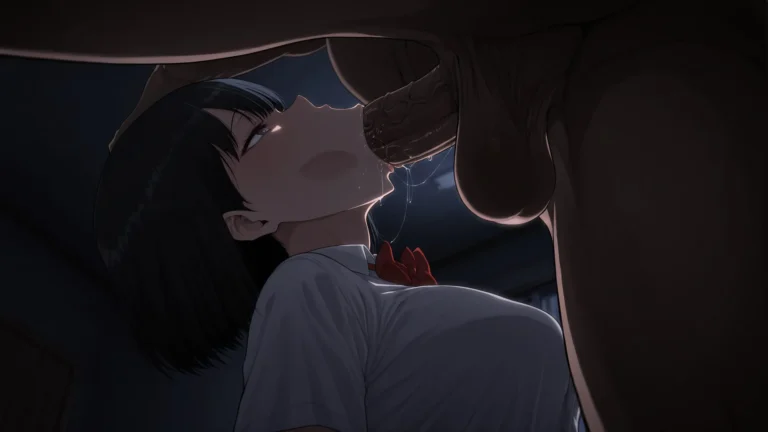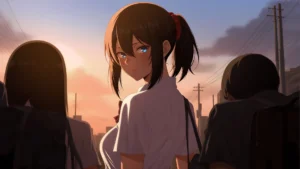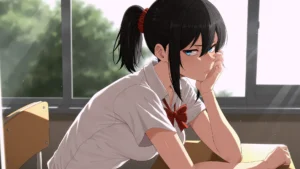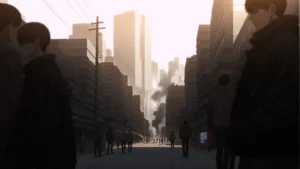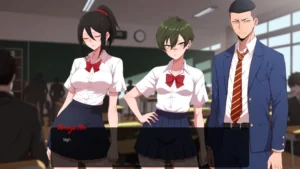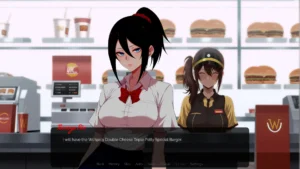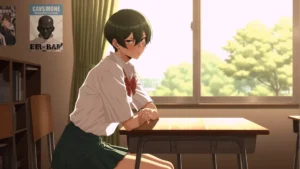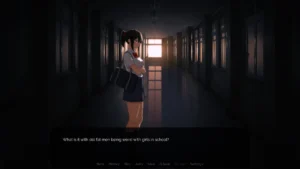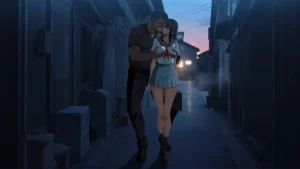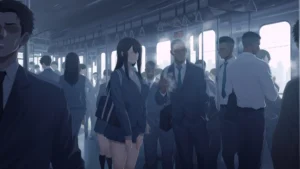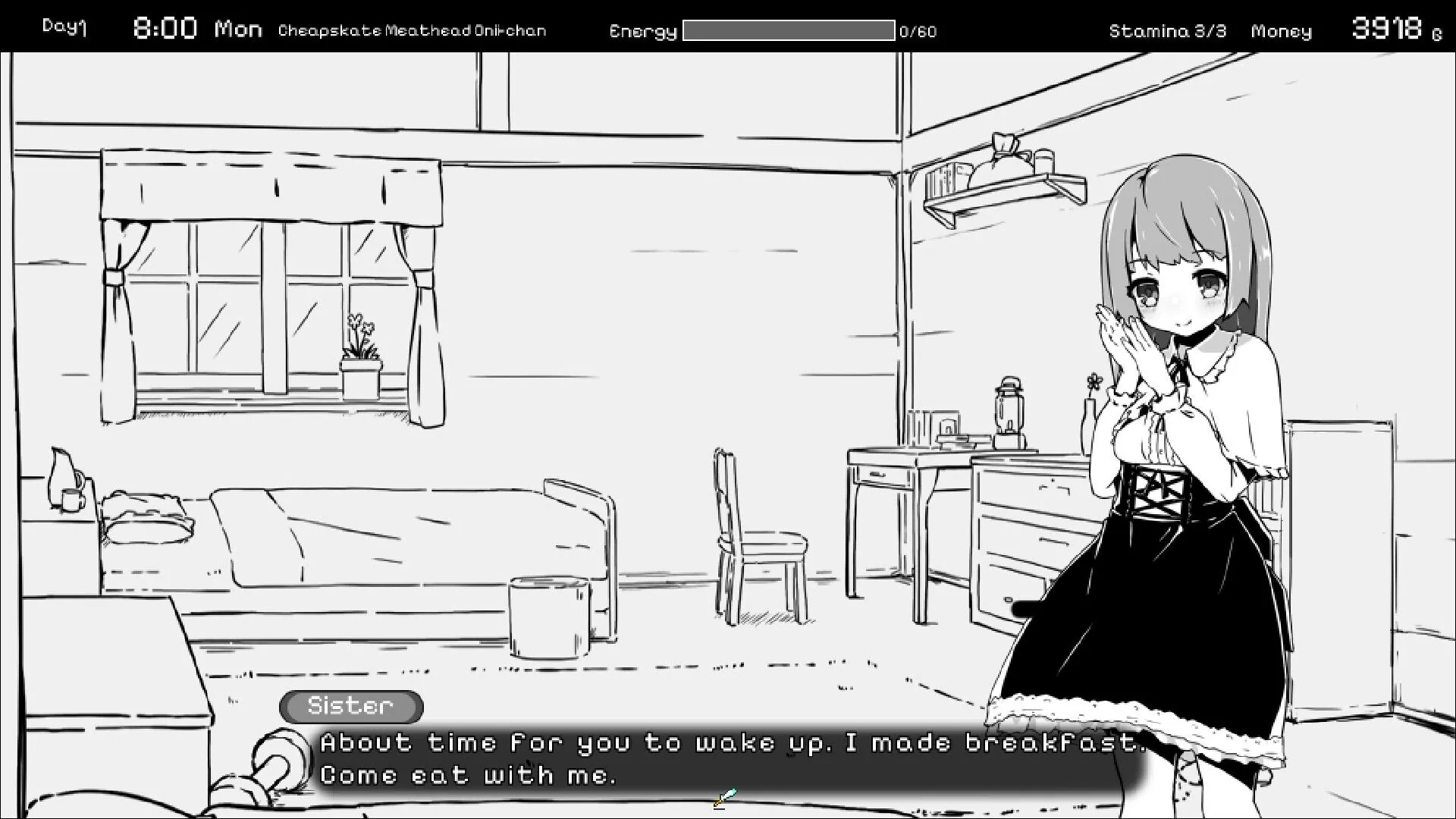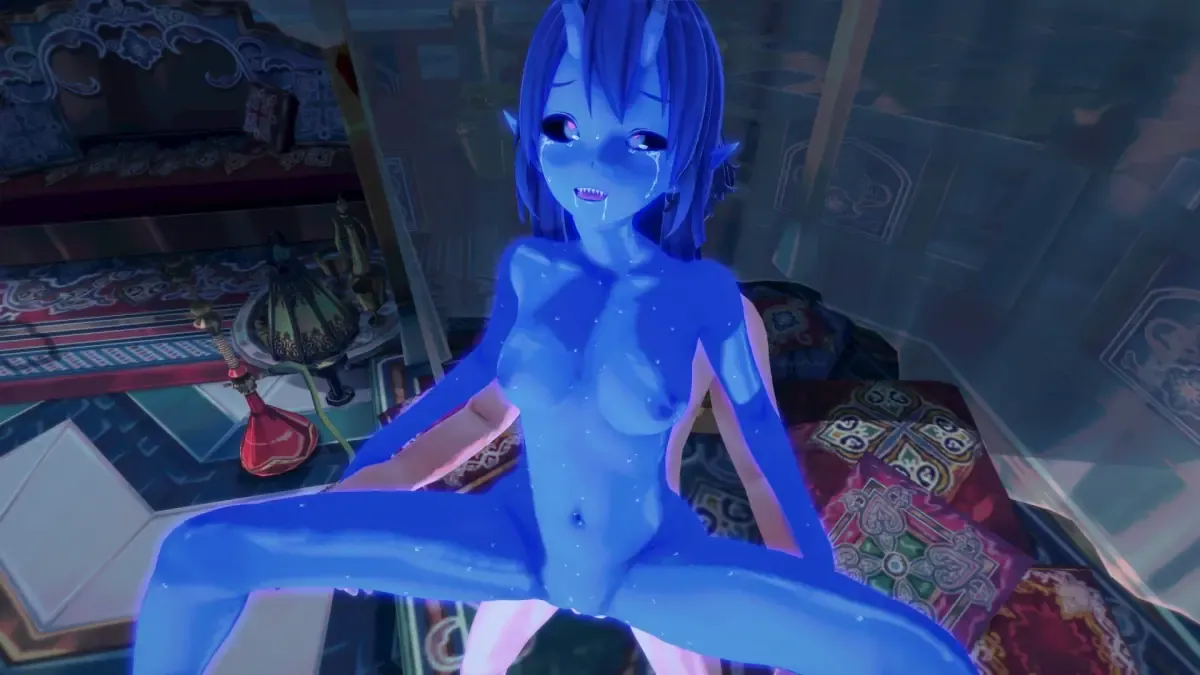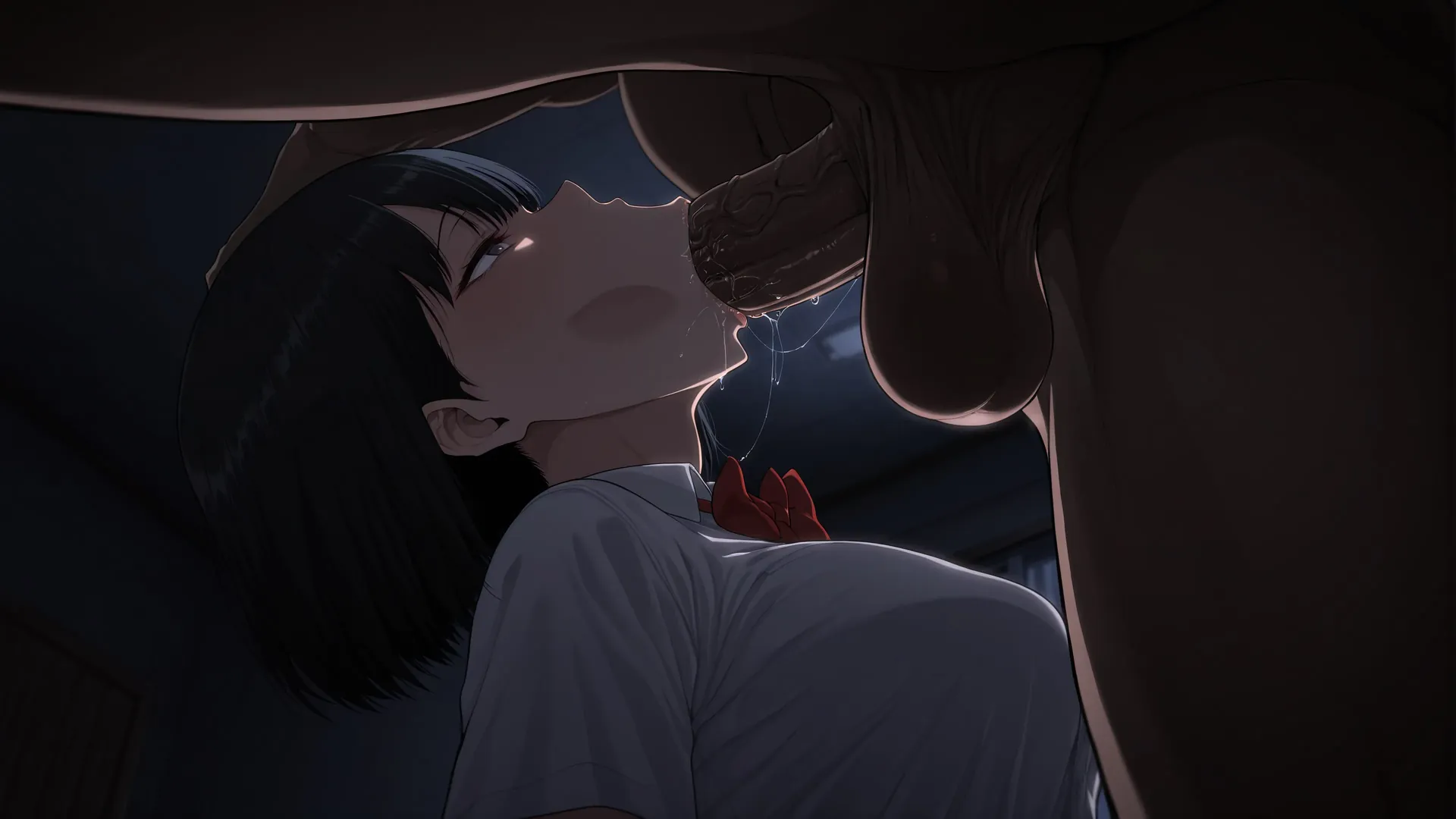
Aperture
Play Aperture
Aperture review
Exploring the narrative depth and interactive experience of Aperture
If you’re curious about Aperture, you’re not alone—this game has sparked conversations for its unique blend of mystery, emotional storytelling, and interactive choices. Unlike typical titles in its genre, Aperture stands out by weaving a complex narrative around themes of corruption, personal struggle, and the consequences of one’s actions. In this article, we’ll take you behind the scenes of Aperture, exploring its plot, characters, gameplay features, and what makes it a memorable experience for players seeking something beyond the ordinary. Whether you’re a fan of visual novels or just intrigued by its premise, there’s plenty to discover about Aperture.
The Story and Setting of Aperture
A Glimpse into Hoshino Academy
Picture this: you’re the new kid at school. The hallways are buzzing with chatter about the latest math Olympiad and the upcoming track meet. But when you ask about the art club, you’re met with shrugs or even outright disdain. 😕 This is the world you step into as the player in Aperture. The Aperture story is anchored in the prestigious Hoshino Academy, an institution so focused on churning out academic and athletic prodigies that it has actively sidelined its artistic programs. The very air feels heavy with pressure and conformity.
I remember playing through the opening sequences and feeling that familiar, uncomfortable tightness in my chest. It perfectly captures the anxiety of being in a place where your passions don’t fit the mold. The school itself is a character—its gleaming trophies and sterile corridors are a stark contrast to the messy, beautiful, and emotional world of photography that we’re about to discover. 🏫 The setting isn’t just a backdrop; it’s the catalyst for the entire Aperture emotional narrative. The systemic neglect of the arts at Hoshino Academy is the first sign of a deeper, more troubling reality that our protagonist is about to uncover.
Meet the Characters: Keita, Rin, and Daizo
At the heart of this compelling Aperture story are three figures whose lives become dangerously intertwined. Stepping into this world, you don’t just observe them; you feel their struggles as your own.
First, there’s Sasaki Keita. He’s 18, expelled from his last school, and carries a powerful, almost burdensome, sense of justice. He’s the new guy, trying to find his footing in an environment that seems designed to crush individuality. Playing as Keita, I felt a immediate connection; he’s not a blank slate. He has a history and a moral compass that often puts him at odds with the world around him. His journey is our vehicle into the mystery of Hoshino Academy.
Then, there’s the encounter that changes everything. Keita literally stumbles into Tomoya Rin, the fiercely determined president of the school’s nearly-defunct photography club. 🎑 Rin is a beacon of passion in a sea of apathy. Her club is her life, and watching her fight for it with every fiber of her being is both inspiring and heartbreaking. Their relationship starts as an unlikely alliance but evolves into something much deeper and more complex as the story progresses.
Pulling the strings from the shadows is the formidable Daizo principal. He is the embodiment of the institution’s cold, calculating priorities. He isn’t a cartoonish villain; his manipulation is subtle, bureaucratic, and all the more terrifying for it. The Daizo principal character creates the central tension, his actions directly challenging Keita’s sense of justice and threatening everything Rin holds dear.
| Character Name | Role | Key Traits |
|---|---|---|
| Sasaki Keita | Protagonist | Strong moral compass, resilient, outsider perspective |
| Tomoya Rin | Photography Club President | Passionate, determined, vulnerable under pressure |
| Principal Daizo | Antagonist | Manipulative, institutional, prioritizes reputation above all |
Central Themes: Corruption, Anxiety, and Choice
If there’s one thing that will stick with you long after you finish the Aperture story, it’s the profound sense of unease. This isn’t a game about jump scares; it’s about the slow, creeping dread of watching something beautiful decay. The Aperture corruption theme is masterfully executed. It’s not about a monster or a ghost, but the corrosive nature of power and neglect. You witness the corruption of the school’s ideals, and more painfully, the gradual erosion of Rin’s spirit as the pressure from the Daizo principal mounts. 😟
The Aperture emotional narrative is heavily driven by anxiety. I found myself feeling a protective anxiety over Rin, hoping that my actions—or inactions—would be enough to shield her from the inevitable downfall the game seems to be steering toward. This is where the game’s genius lies: in its handling of choice. Or, more accurately, the illusion of it.
“A perfect photo requires light, composition, and a subject worth remembering. But what if the subject is fading right before your eyes?”
Many visual novels give you clear branching paths. Aperture plays with this expectation. Sometimes, your choices feel meaningful; other times, they highlight your powerlessness. You might choose to confront a bully or support Rin during a critical moment, but there are narrative elements that feel unavoidable. This isn’t a flaw—it’s the point. The game makes you feel the weight of the system Keita and Rin are up against. Some outcomes are, tragically, preordained by the toxic environment of Hoshino Academy.
This approach makes the Aperture emotional narrative incredibly potent. You’re not just making choices to get a “good ending.” You’re participating in an experience that explores the anxiety of fighting a losing battle and the emotional turmoil of witnessing a friend’s struggle. The Aperture corruption theme seeps into every interaction, making you question every decision. Is speaking up really going to help? Or will it just make things worse for Rin?
Your journey through the Aperture story is less about winning and more about enduring. It’s about finding small moments of beauty and connection in a system designed to eliminate them. The relationship between Sasaki Keita and Tomoya Rin becomes your anchor, a fragile but powerful bond that you will fight to protect, even when the game makes you question if you truly can. 💔 This is the core of the Aperture experience: a poignant, unforgettable exploration of the shadows that lurk in the brightest of places and the emotional cost of standing up for what you love.
Aperture offers a narrative experience that lingers long after the credits roll, thanks to its compelling characters, emotional depth, and willingness to tackle difficult themes. Whether you’re drawn to its story of corruption and resilience or the way it challenges players with unavoidable consequences, Aperture stands as a memorable entry in the world of interactive fiction. If you’re ready to dive into a game that prioritizes storytelling and emotional engagement, Aperture is waiting—just be prepared for a journey that’s as thought-provoking as it is unforgettable. Share your thoughts with the community and see how your interpretation compares to others’.
